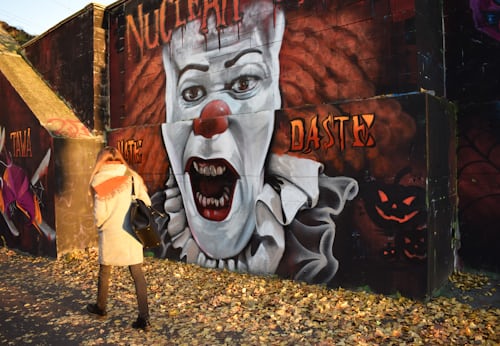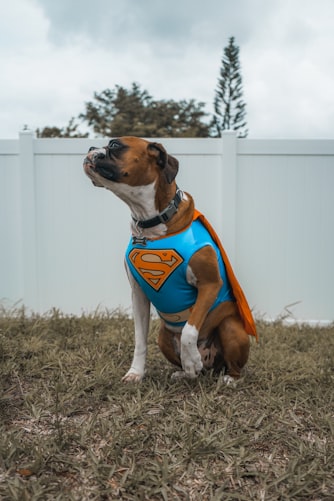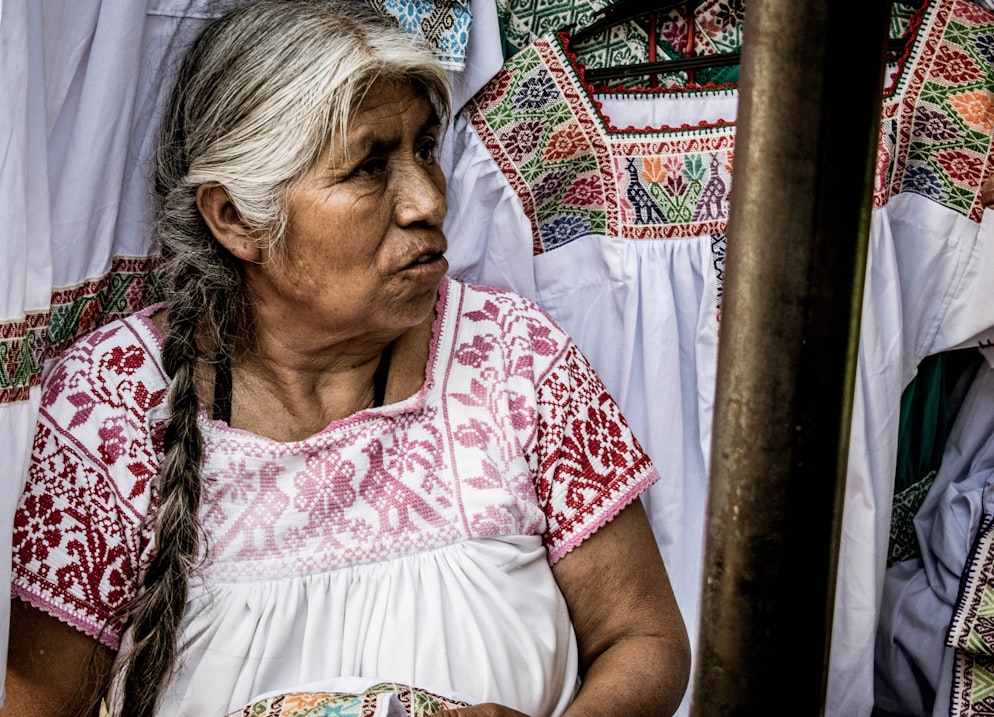Us people of Mexican heritage have colorful ways of expressing ourselves, either with words that only we can understand how, or with phrases that have been part of our vocabulario for so long that we don’t even know where they originated.
“Ya chole chango chilango
Que chafa chamba te chutas
No checa andar de tacuche
Y chale con la charola
Mejor yo me hecho una chela
Y chance enchufo una chava
Chambeando de chafirete
Me sobra chupe y pachanga”

But, what happens when we emigrate to the United States and we want to speak in the same way that we speak in our land, but everyone sees us with a cara de “what”?

This is perhaps one of the hardest things we face when we cross the border. We have to measure our words and think about how to elaborate a sentence so that others understand us, because even people who speak Spanish, who are not from Mexico, sometimes do not understand us.
However, all is not lost, there are some English phrases that have a similar meaning to those we say in Spanish. It may not feel the same to say these phrases without the unique Mexican touch, but they can be of great help to enrich your vocabulary.
1. A donde fueres haz lo que vieres
This phrase could apply to those travelers who are just learning about new cultures. Just look around you and learn from your surroundings.
You can say this phrase like this,
“When in Rome do as the Romans do”
Which means, when you are in Rome do like the Romans.

2. De volón pimpón
This phrase is for hyperactive people who do everything quickly, or when moms ask children to do things as fast as they can, and the way you could say it in English would be,
“Faster than fast”

3. Saca la sopa
If you want to know everything about a gossip, this phrase is the one you should use,
“Spill the beans”

4. Toco madera
For superstitious people who don’t want to be unlucky, just knock on wood and say,
“Knock on wood”

5. Hablando del rey de Roma
When you are talking about a person and they suddenly appear, you can say,
“Speaking of the devil”

6. Está armando un pancho
This phrase could apply when a child is throwing a tantrum or when an adult is so upset that everyone around him is looking surprised.
“He / she is making a scene”

7. Ya nos cargó el payaso
This phrase is very famous among students when they know that they are not going to pass a class. Although it can also apply to a situation where you are in a big problem and do not know how to solve it.
“We’re Screwed”

8. No te hagas pato
For those people who pretend not to pay attention or for those who do not want to do something that they were asked to do, you can tell them this,
“Stop playing dumb”

If the invention of phrases were an Olympic sport, Mexicans would always win first place. Sometimes it is difficult to keep up with the phrases that are created every day, and much more when we want to know how we can say them in English.
Even so, say them in Spanish and share our phrases with all our countrymen. Let’s not let this tradition die when we cross the border.











































